- Have any questions?
- +86-189 8930 5995
- sales@mosinterchem.com.cn
2,4,6-Tribromophenol CAS 118-79-6

Methylhexahydrophthalic Anhydride CAS 25550-51-0
21/12/2018
N-Benzyldimethylamine CAS 103-83-3
21/12/2018| Model: | MOS 118-79-6 |
| Brand Name: | MOSINTER |
| CAS No.: | 118-79-6 |
| Appearance: | White acicular or ribbed crystals |
| Density: | 2.424g/cm3 |
| Melting Point: | 89-93℃ |
| Water solubility: | 71 mg/L (15℃) |
| Flashing point: | 109.7°C |
| Boiling point: | 286.8°C at 760 mmHg |
| Vapour pressure: | 0.0015mmHg at 25°C |
2,4,6-Tribromophenol (CAS: 118-79-6)
| Item | Index |
| Purity (by GC) %, ≥ | 99.5 |
| Water (KF),%, ≥ | 0.3 |
| Melting point,℃, ≥ | 92 |
| Br content, %, ≥ | 72.2 |
| Hydr0bromic acid, PPM, ≤ | 50 |
| CH3OH, APHA, ≤ | 50 |
| NaOH, APHA, ≤ | 80 |
| C6H6Cl, APHA, ≤ | 50 |
2,4,6-Tribromophenol (TBP) is a brominated derivative of phenol. It is used as a fungicide, as a wood preservative, and an intermediate in the preparation of flame retardants.
Production
Although natural TBP has been identified in ocean sediments as a metabolite of marine fauna, the commercial product is prepared industrially. In 2001, the production volume of TBP was estimated to be 2500 tonnes/year inJapanand 9500 tonnes/year worldwide.
Uses
The predominant use of TBP is as an intermediate in the preparation of flame retardants such as brominated epoxy resins. TBP is reacted with sodium hydroxide to form the sodium salt, which is used as a fungicide and wood preservative.
The bismuth salt is the active ingredient in Xeroform dressing.
Metabolism
Microbial metabolism in products treated with TBP is known to produce 2,4,6-tribromoanisole (TBA), which has a musty odor. In 2010 and 2011, Pfizerand Johnson & Johnson voluntarily recalled some products due to TBA odors from wooden pallets which were treated with TBP
You must be logged in to post a review.

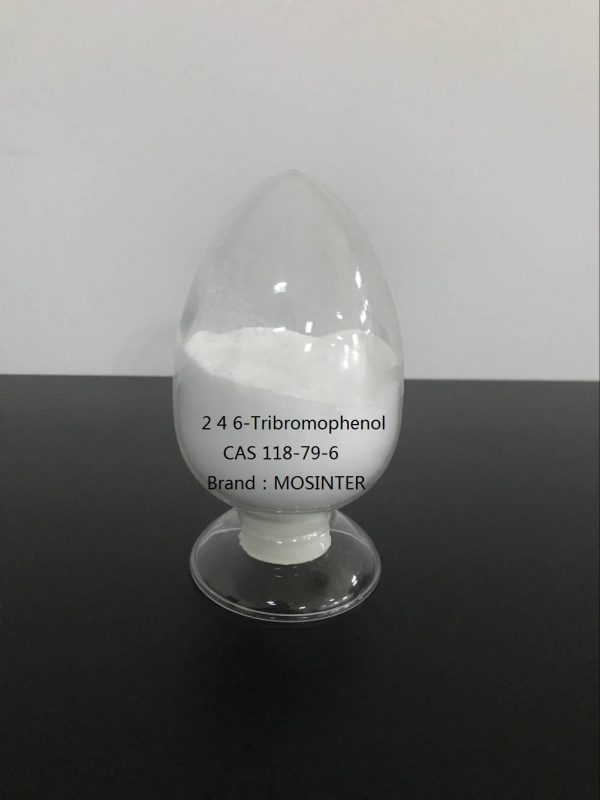
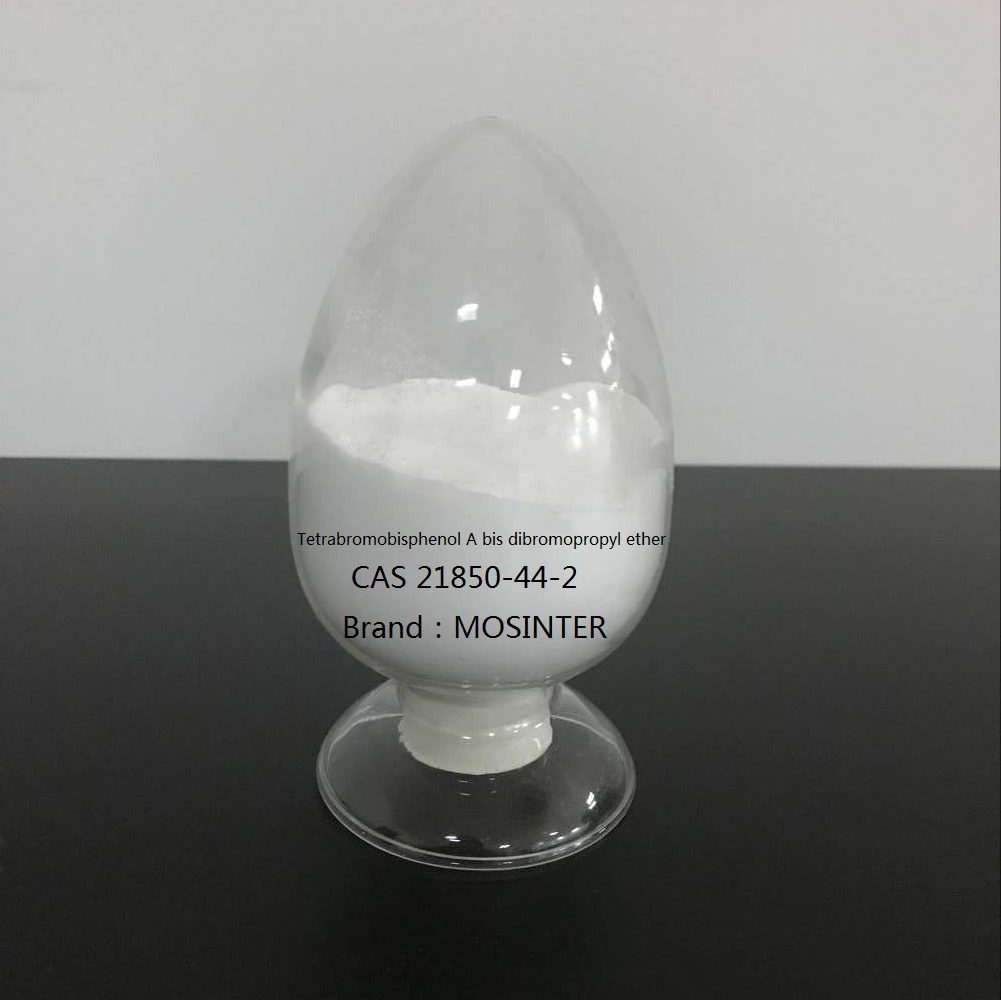
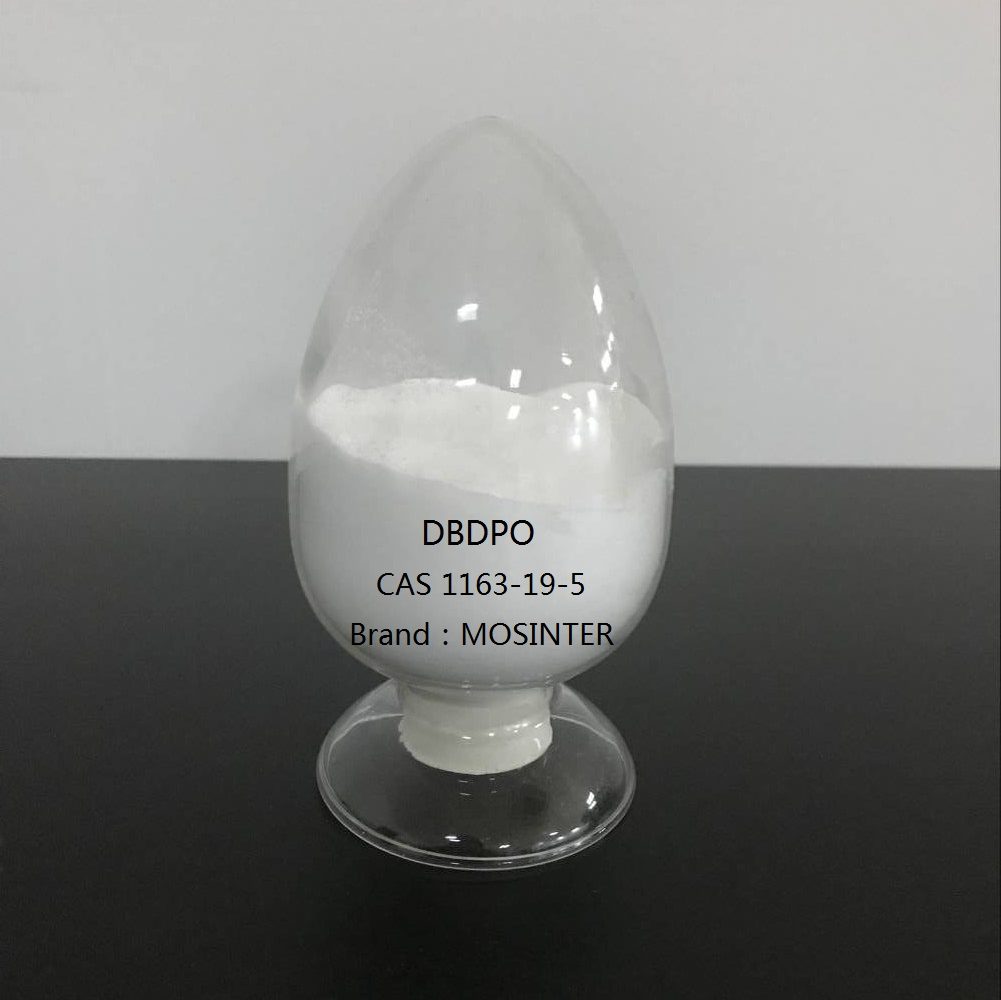
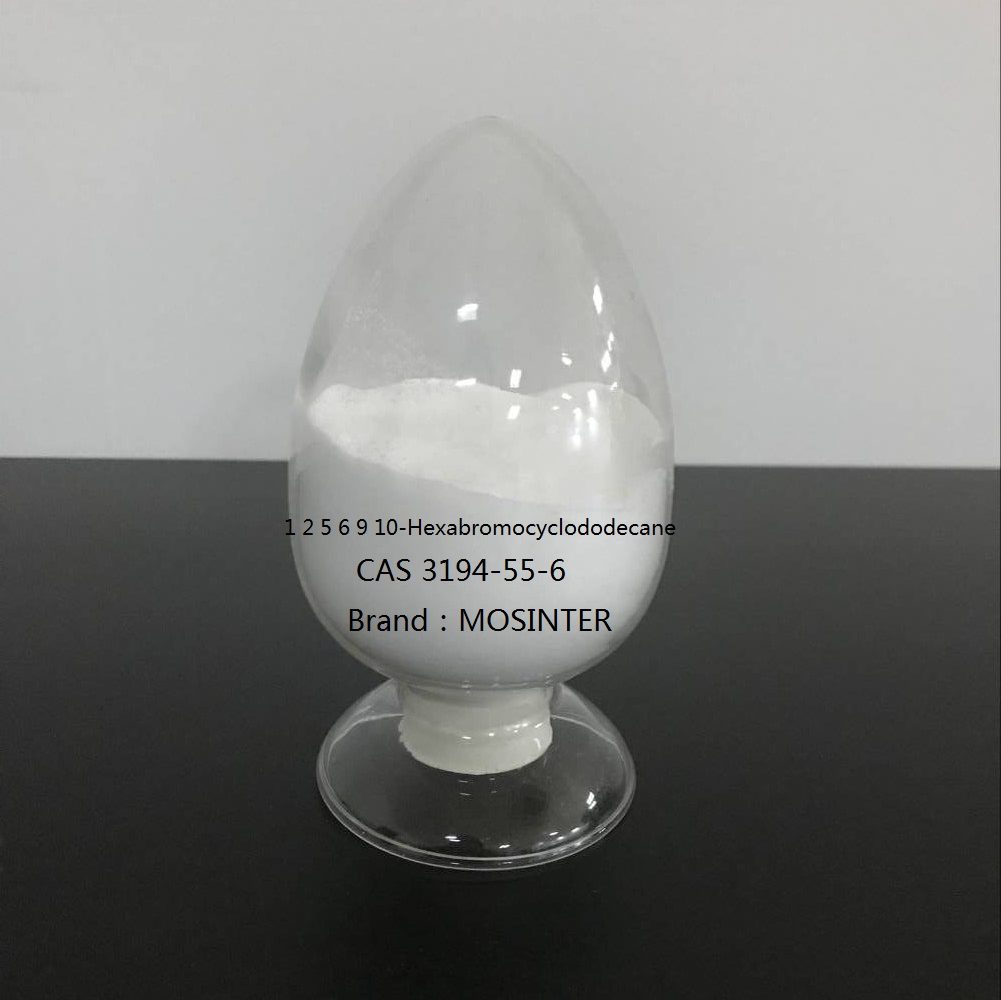
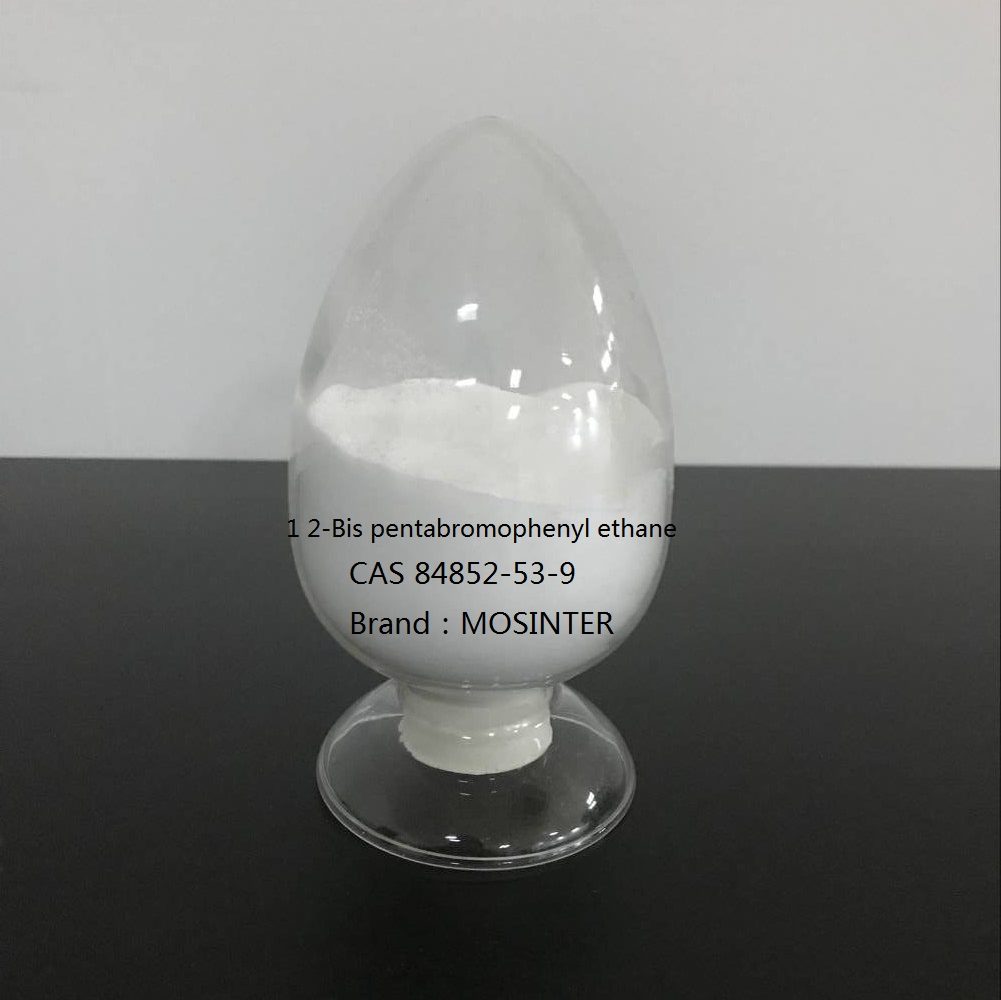
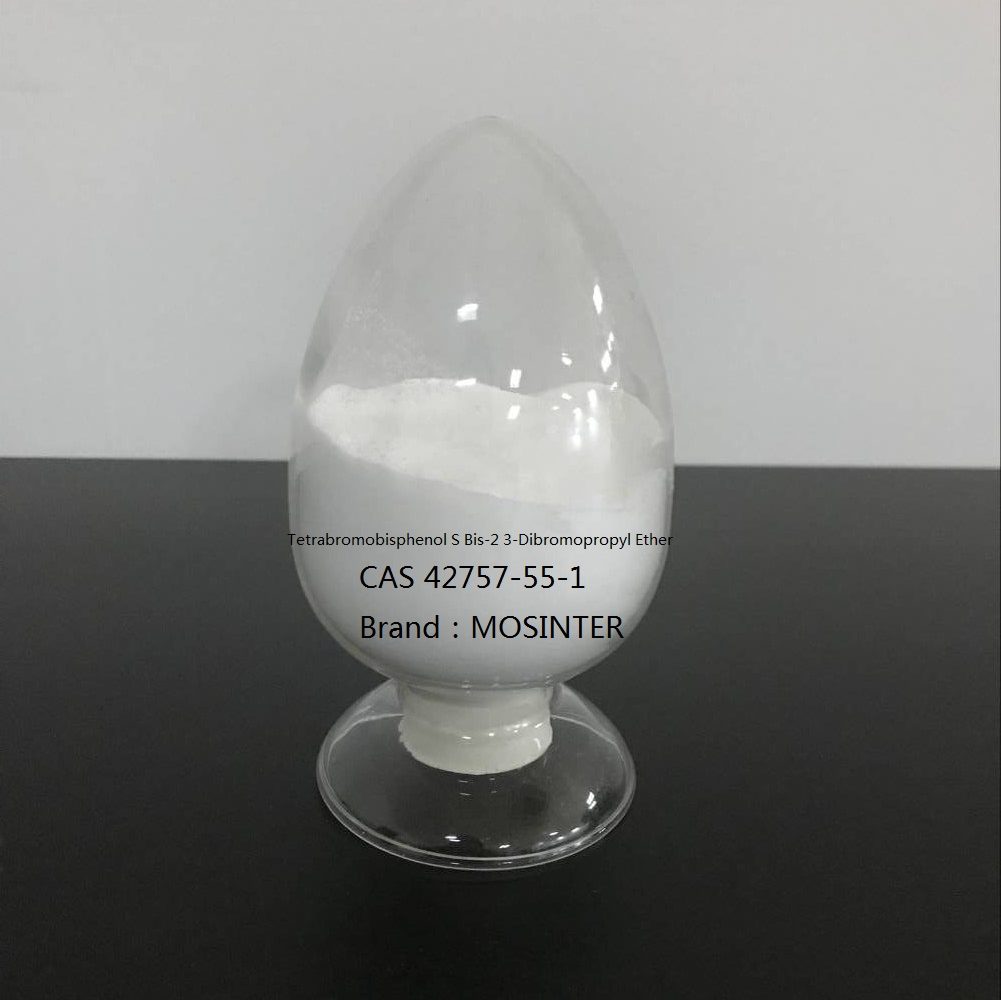
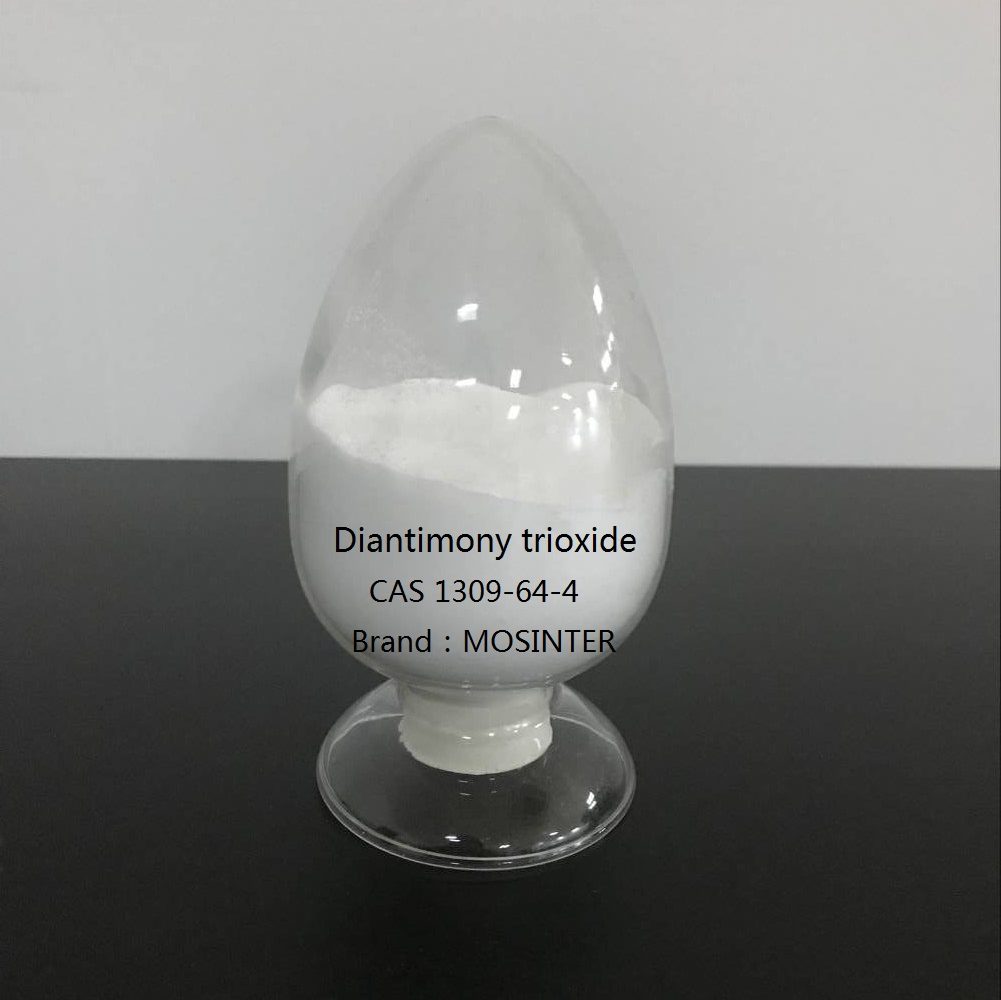
Reviews
There are no reviews yet.